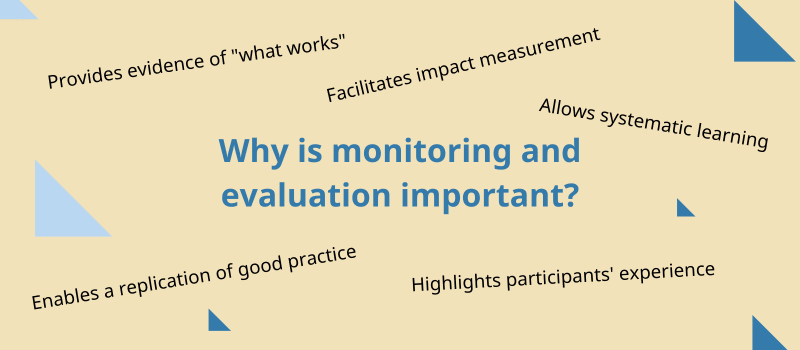5 reasons why monitoring and evaluation can help you
The Stuart Low Trust decided to review its Monitoring and Evaluation (M&E) processes in 2019. Staff, volunteers and our participants recognise that our arts, nature and wellbeing activities have a positive impact on participant health and wellbeing.
Historically we have measured impact through regular impact surveys. The data collected has been used to help staff shape services. We wanted to embed our M&E processes, including undertaking impact measures, in the day to day running of our activities.
Participant voice has been central to the development of the Stuart Low Trust. As the organisation grows, we wanted to formalise the processes to ensure that participants’ views remain at the heart of the organisation .
Follow our journey of exploring monitoring and evaluation concepts, undertaking participant consultation and developing pilot new evaluation systems during the COVID19 pandemic!

What is Monitoring and Evaluation?
We started by exploring the key concepts relating to M&E. The M&E is a process undertaken by services who want to understand how they are performing against their goals, and how they can improve.
What is Monitoring?
Routinely collecting and recording information about the activities that your organisation / project is doing in a planned / systematic way which will help to enable you to answer questions about your project.
What is Evaluation?
Using the information you have collected, together with other information and your overall experience, to get a good clear picture of your organisation and its work, in order to make better assessments, recommendations, and iterations.
What is the relationship between Monitoring and Evaluation?
The process of getting monitoring data and evaluation data is often very similar. However, t he uses of the data are different. When monitoring data and evaluation data is combined it provides both a top-level view of the success of your work, with information ab out how and why your work is successful.

Why is monitoring and evaluation important?
Monitoring and evaluation are great tools for any learning organisation that aims to improve its performance. The Stuart Low Trust recognise that they have a responsibility to their participants and need to support them and any changing needs.
- M&E allow s for systematic learning from past and current activities.
- Data gathered through M&E enables good practice to be replicated in the future and mistakes and poor outcomes avoided.
- Great M&E also allows an organisation to measure their impact with respect to their strategies and activities, so that the organisation and funders can make better informed decisions.
- M&E allows us to understand the participant’s experience at our activities which in turn enables us to better understand the impact we are having.
- SLT needs to use funds wisely to maximise their value . We can do this by building on evidence of “what works”.
Good quality monitoring and evaluation evidence is important for helping to make and communicate decisions about where best to target funders spending, demonstrating the value for money and benefits which are generated by investment in SLT, and learning about how to most effectively design and deliver policies, programmes, communications and regulations.
Written by:
Gina Rembiszewski – Project Support Officer




